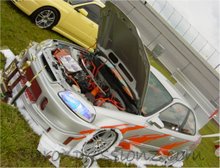tuning car 1
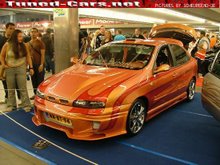
tuning car
When your car left the factory the engine was set up perfectly for the majority of drivers who demand little more than efficiency, reliability and economy. However, there are those of us who see the car as a platform for creating something a little more special by tuning its engine. This can be as simple or as complicated as your wallet can stand, but there are a few rules that need to be followed first .Before starting any sort of engine tuning, you must ensure that your engine is running as the manufacturer intended, so send it off to your dealer for a tune up and service. Once this has been done you are ready to extract a little more power from the engine. tuning car
tuning car 2
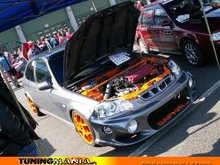
tuning car
Stage one is to get cleaner (and preferably cooler) air into the engine and allow more fumes to exit the engine. This is done by the addition of a performance air filter and a performance exhaust system. The air filter, which will be made of a gauze rather than standard paper, can be either a replacement panel that fits in the existing airbox or a complete replacement kit comprising of a cone filter and tubing. There are also several options for the exhaust system. Most cars have three sections in the exhaust system, the manifold (or header) from the engine block, a centre section and the backbox (or muffler) at the end. Replacement of the centre and backbox is the minimum you should do, with a view to changing the manifold in the future as this part is usually adequately made from the factory tuning car .
tuning car 3
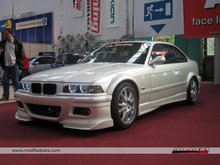
tuning car
Replacing the exhaust and filter will not release that much power, but will make the engine breathe more freely and you should feel a little more response from the car under acceleration. At this point we reach a fork in the road of tuning and the road which you choose to follow depends on what sort of engine you have. The first route is for naturally aspirated engines (those running without a turbo) and the second route for forced induction cars (those running a turbo or supercharger). At this stage it would also be advisable to examine the braking, suspension system, tyres and the gearbox as with more power available, stopping and cornering are more important than before tuning car .
tuning car 4
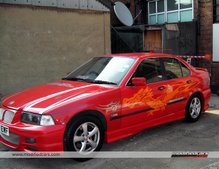
Starting with naturally aspirated engines, the next stage is to work on the head by gas flowing and porting it to increase the displacement and gain a considerable amount tuning car of power. The camshaft can also be changed for a fast road version. You should then look at the ancillaries such as spark plugs and HT leads, tuning carthe fuel pump and the oil pump, before moving on to the bottom end and the crank. For a forced induction car you need to look at the electronic brain (ECU) and replace the intercooler with a larger capacity model. The ECU should be examined and either tuning cars re-programmed or replaced with a performance item to increase power and improve drivability. Depending on your taste you may wish to add a dump valve (sometimes called a blow-off valve) to allow the turbo to work more efficiently. Water injection, stronger pistons and an upgraded turbo would be next on your list. You can also consider adding a turbo to a naturally aspirated engine to substantially increase the power for a relatively small amount of money tuning cars
tuning car 5
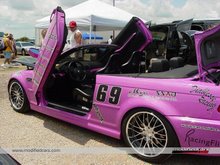
tuning car 6
